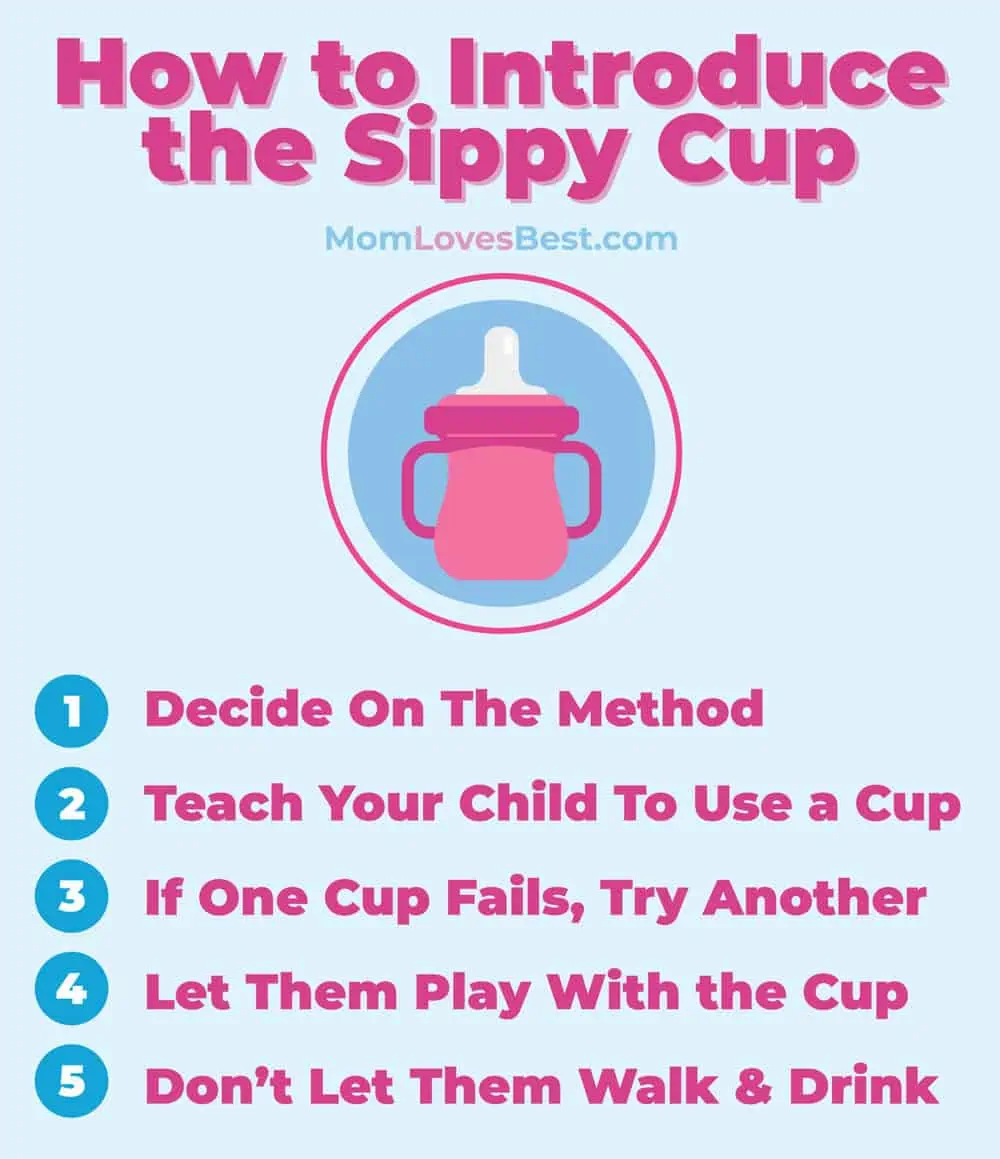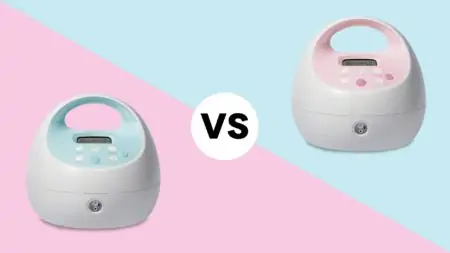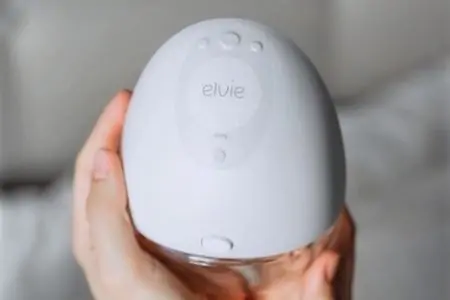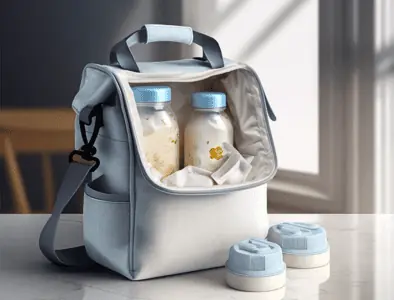You love the bond breastfeeding provides, but you probably don’t love being the only source of milk around the clock. Moving a breastfed baby to a sippy cup is a major milestone for independence, but it often comes with resistance.
Don’t worry. We have the tricks you need to make the switch smoother for both of you. Before you give up hope on a peaceful transition, let’s look at how to introduce a sippy cup to your breastfed baby effectively.
Key Takeaways
- Most babies are ready to try a cup between 6 and 12 months.
- Pediatricians recommend weaning off bottles completely by 12 months to protect teeth.
- Soft silicone spouts or straw cups often work best for breastfed babies.
- Gradual weaning is usually easier emotionally and physically than stopping cold turkey.
Prepare for the Transition
Every child handles the switch to sippy cups differently. Some early learners are eager as young as 6 months, while others refuse to look at a cup until their first birthday.
Take Note
If they show no interest and their first birthday is approaching, you need to be proactive. The American Dental Association states children should stop using bottles after 12 months to prevent tooth decay (1).
Consider these factors before you start the weaning process:
- Select a breast-like cup: Breastfed babies are used to soft textures. A hard plastic spout can feel foreign and unappealing. Look for a cup with a soft silicone spout or a straw, like the Philips Avent My Easy Sippy Cup, to ease the change.
- Manage your expectations: Your baby is learning a new skill. You will both face challenges, spills, and refusals. Try to stay calm during the occasional temper tantrum.
- Experiment with styles: Do not buy five of the same cup immediately. Try a few different styles (straw, spout, 360-edge) to see which mechanism your baby prefers.
- Prioritize hygiene: Milk residue leads to mold quickly. As you clean your sippy cups, disassemble every valve and gasket. Look for cups with fewer crevices where bacteria can hide.
You generally have two options when introducing the cup:
- The Cold Turkey Method: You stop breastfeeding completely and only offer the cup. Babies often adjust within a few days, but this method can cause significant crying and stress. It also increases your risk of clogged ducts or mastitis if you do not express milk to relieve pressure (2).
- The Gradual Method: This approach is gentler on everyone. You slowly drop one breastfeeding session at a time, usually starting with the midday feed, or offer the breast only at bedtime. This gives your baby time to adjust and protects your milk supply from dropping too suddenly.
Whichever method you choose, remember that breastmilk (or formula) should remain your baby’s main source of calories until age one. That doesn’t necessarily mean you have to use bottles until then, only that your baby still needs to take the same amount from the sippy cup that they were taking at the breast or from a bottle.
Editor's Note:
Michelle Roth, BA, IBCLCSteps to Introduce the Sippy Cup
Unless your child has been eyeing your water glass for months, they might not know what to do with a sippy cup. Follow these steps to help them master this milestone.
1. Choose Your Strategy
Pick your plan before you present the cup.
If you choose the cold turkey route, you must be firm. Giving in after 20 minutes of crying teaches your child that tears yield results. However, if you value your sleep and sanity, the gradual method is often sustainable.
Even if you only breastfeed at bedtime, stick to your boundaries during the day. Consistency prevents confusion.
2. Model the Behavior
Babies love to copy their parents. Let them watch you pour breast milk or water into the cup.
Demonstrate how to lift the cup and tilt it. If the cup has handles, guide their hands to hold it correctly. If it is a straw cup, you may need to show them how to suck rather than tip.
If they reject it, try dipping the spout in breast milk or rubbing some on their lips. The familiar taste often encourages them to latch on and investigate further.
3. Switch Styles if Needed
Do not force a specific cup if your baby hates it.
If you try one cup for a week with zero success, swap it out. The flow might be too fast, or the texture might be too hard. Many breastfed babies prefer straw cups because the sucking motion is similar to breastfeeding, unlike hard spouts that require a biting action.
4. Encourage Playtime
Familiarity breeds comfort. Hand the empty cup to your baby while they are playing.
Let them bang it, shake it, and chew on it. This removes the pressure to drink and makes the object less intimidating. Once they are comfortable handling the cup as a toy, they will be more likely to accept it as a feeding tool.
5. Sit Down to Sip
Safety comes first. Do not let your toddler roam the house with a sippy cup in their mouth.
If they trip, the spout can injure their gums, teeth, or the roof of their mouth. Create a rule that cups stay at the table or in the high chair. This also prevents the habit of constantly grazing on sugary drinks, which causes cavities.












